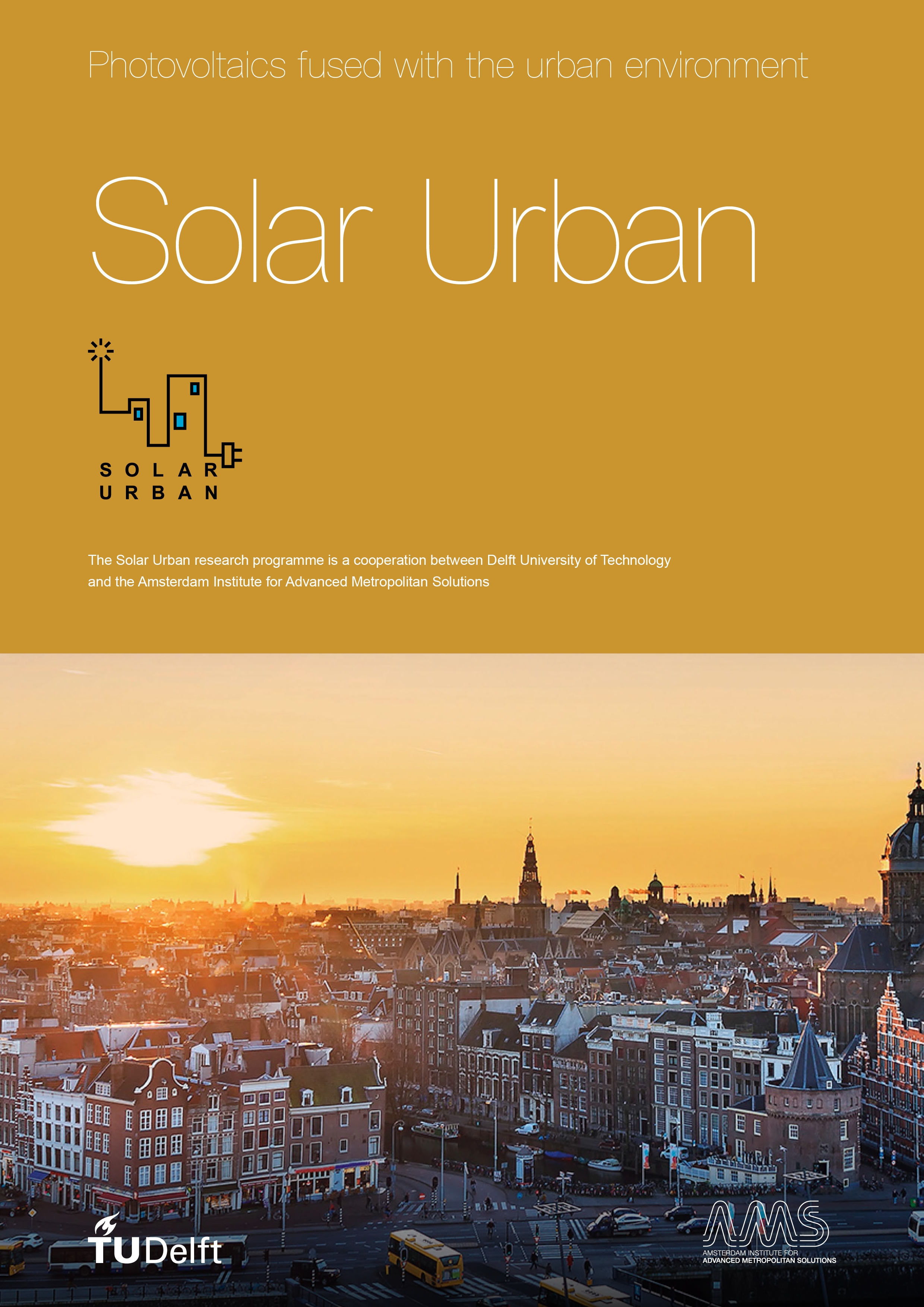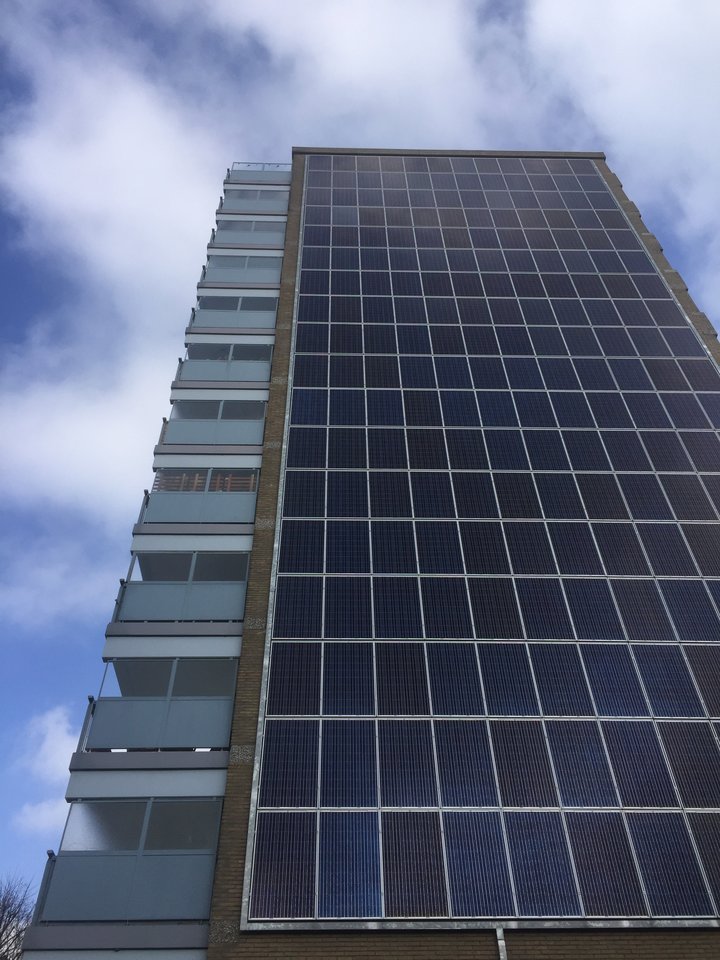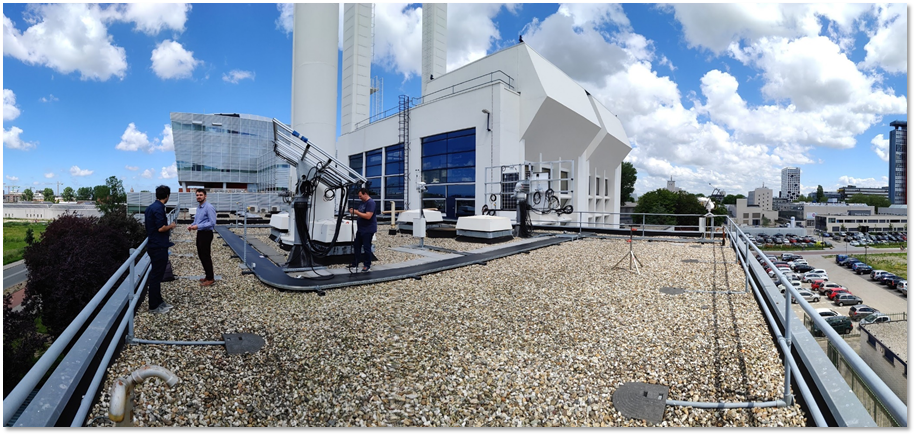Solar Urban
The Solar Urban research programme was initiated to forward a full-scale fusion of PV in the urban environment. It is dedicated to exploring the potential of PV technology on all applicable surfaces in the urban environment, to create novel solutions for multi-functional elements for buildings and the built environment and, hence, to support and accelerate the implementation of sustainable energy approaches and a circular economy, a core element for future smart resilient cities.
Solar Urban is a cooperation between the Climate Design & Sustainability Group within the Faculty of Architecture, the Photovoltaic Materials and Devices Group within Faculty of Electrical Engineering, Mathematics and Computer Science, and the Amsterdam Institute for Advanced Metropolitan Solutions (AMS). The Solar Urban programme is part of the Urban Energy Initiative of TU Delft.
The Solar Urban programme’s focus is threefold:
- Technical and physical potential of solar technology in the built environment for multiple purposes, besides solar electricity generation, like shade tolerance, multifunctionality of modules and module components, carbon uptake and conversion to gases for storage and transport and innovative air-conditioning for the built environment.
- Design and architectural engineering of PV-integrated elements, in compliance with architectural requirements for buildings and urban surfaces, existing and new.
- Development of circular materials and components for PV-integrated elements, paying attention to processing methods and component structures that are promising for future low-cost circular manufacturing.
Read more
Full-scale integration of renewable energy sources is required to realize the (inter)national targets set for the energy transition. For the urban environment, photovoltaic (PV) energy generation is the most widely applicable energy solution (SUPSI, BIPV roadmap 2017). In the Netherlands around 50% of the total annual electricity demand can be generated in the urban environment (50 TWh) using PV energy (DNV-GL, 2014). Also, to keep the energy transition affordable by having minimum demands on the power grid, electricity should be generated where it is consumed.
Therefore, PV technology should be architecturally well-integrated and adapted in the urban environment such that not only roofs are used, but also facades, roads, pavements, sound barriers etc. This allows and requires the PV technology to be combined with other common functions of buildings (thermal insulation, solar heat collection...) or non-building structures (Prasad & Snow, 2002). Even more, PV-integrated products might enable new urban functions like energy storage, air purification and gas conversion and can be used to tackle urban issues.
All stakeholders in society should be involved to make the full-scale integration acceptable: not only technology innovators and PV companies, but also architects, designers, construction and energy companies, municipalities and citizens.
With combined expertise in PV, design, building technology, circularity and urban integration, the Solar Urban programme is a strong platform created for private and public actors to cooperate with and for students to participate in. With strong links to the city of Amsterdam, the research programme tackles real urban issues and provides realistic solutions which can be tested within the city.
Find out more about Solar Urban by clicking the links below.
Follow Us!
Urban Energy Institute
PVMD Group
Faculty of Architecture






